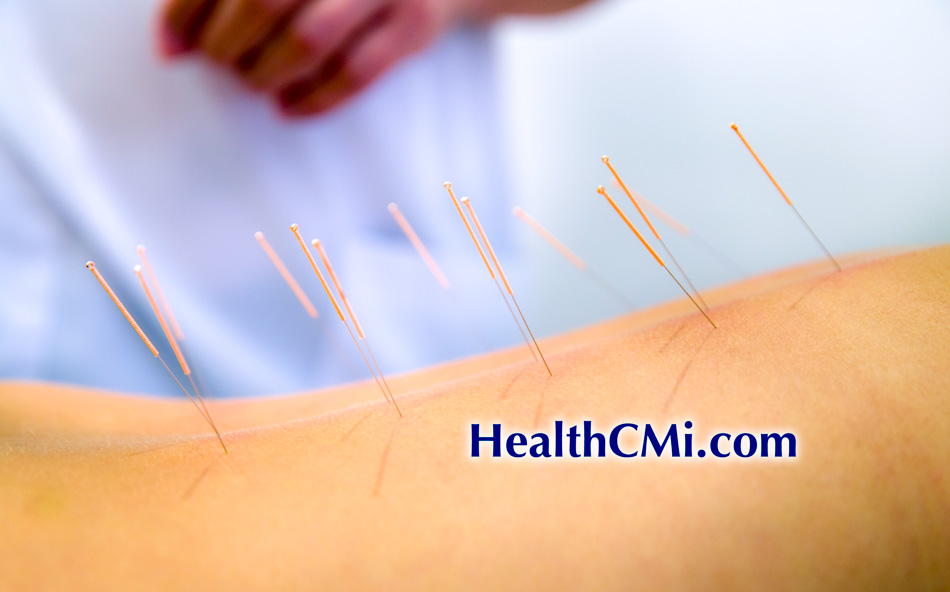A recent study by researchers from the Acupuncture Department of Baoan Traditional Chinese Medicine Hospital, affiliated with Guangzhou University of Chinese Medicine, has found that electroacupuncture significantly improves symptoms of chronic fatigue syndrome (CFS). The study compared the effects of electroacupuncture treatment with sham treatment and found notable improvements in fatigue levels and quality of life for patients receiving electroacupuncture.
The primary measure of the study was the Fatigue Scale-14 (FS-14), which evaluates physical and mental fatigue with a total score out of 14—higher scores indicating greater fatigue. Secondary outcomes included the Short Form Health Survey (SF-36) score, reflecting quality of life, and measures of cortical excitability via transcranial magnetic stimulation, such as resting motor threshold (RMT), motor-evoked potential amplitude (MEP-A), and latency (MEP-L).
Results showed that patients in the electroacupuncture group experienced reduced FS-14 scores for both physical and mental fatigue, lower total fatigue scores, and decreased RMT compared to pre-treatment levels. The sham group showed improvements only in physical fatigue and total FS-14 scores. Additionally, the electroacupuncture group had lower FS-14 scores and RMT, and higher SF-36 scores and MEP-A than the sham group after treatment. [1]
Participants in the study were aged between 18 and 65 years, all suffering from persistent and recurrent unexplained severe fatigue lasting over six months. Their conditions included significant declines in occupational, educational, personal, and social activities that did not improve with rest. They also met at least four of the following criteria: impaired memory or concentration, sore throat, lymph node enlargement, muscle pain, multiple joint pain, recurring headaches, dizziness or fatigue after sleep, and muscle pain after exertion.
Both groups received acupuncture every other day, with each session lasting 20 minutes. Each treatment course spanned two weeks, followed by a two-day rest period between courses, for a total of three treatment courses. The electroacupuncture group was treated at specific acupoints:
• BL18 (Ganshu)
• BL15 (Xinshu)
• BL20 (Pishu)
• BL13 (Feishu)
• BL23 (Shenshu)
Treatment involved the use of 0.30 mm × 40 mm sterile acupuncture needles inserted obliquely towards the spine, with continuous wave stimulation at a 2 Hz frequency provided by an electroacupuncture device. Each session lasted 20 minutes.
In contrast, the sham acupuncture group received treatment at non-acupoints 1.5-2.0 cm away from the Back-Shu points, avoiding points along the Bladder Meridian. The equipment setup mirrored the electroacupuncture group but without electric current application during the 20-minute needle retention.
This study underscores the potential of electroacupuncture as a therapeutic intervention for chronic fatigue syndrome, offering hope for patients seeking relief from the debilitating symptoms of this condition.
Reference:
1. Li Zhongxian, Zhang Yu, Yanluda, Lai Meiqi, Xu Haiyan, Wu Ting. “Effect of Electroacupuncture at Back-shu Points of Five Zang on Fatigue Status and Cortical Excitability in Chronic Fatigue Syndrome,” Chinese Acupuncture & Moxibustion, Nov. 2022, Vol. 42 No. 11.


